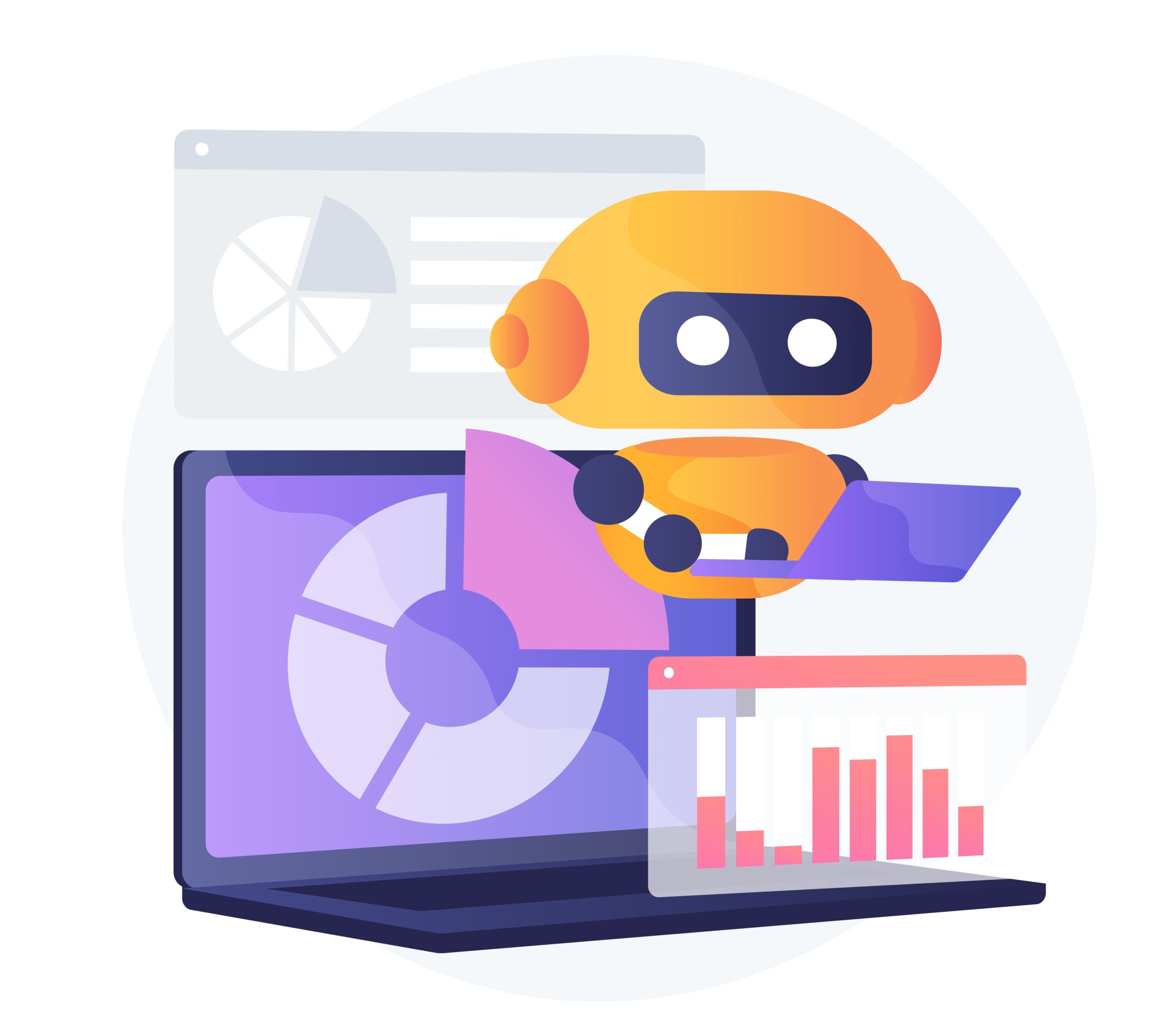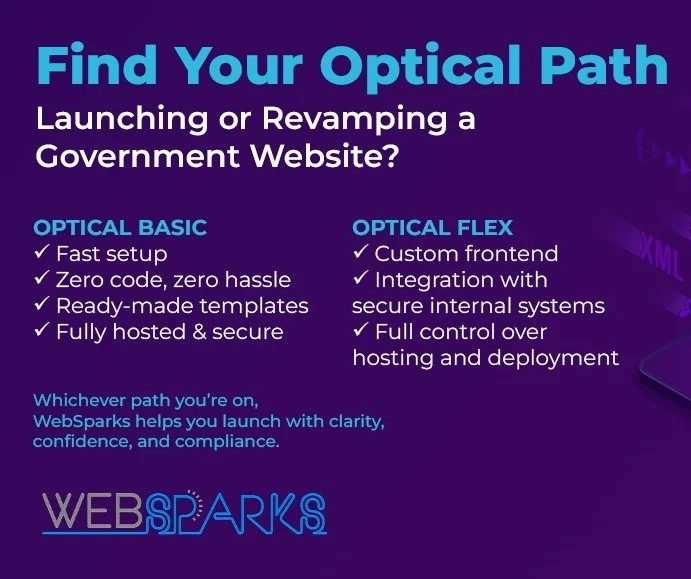Personalisation has become a key differentiator for businesses today. We want stuff that speaks to us, that gets us.
Now, imagine combining the flexibility of a Headless CMS with the smarts of AI. It’s like giving your digital presence a superpower.
When was the last time you felt truly seen by a website? It’s not just about showing people what they want – it’s about anticipating their needs before they even know they have them.
The result of personalisation is that your audience sticks around longer, engages more, and might even become your biggest fans.
Today’s consumers expect more than just a one-size-fits-all approach; they crave experiences that resonate with their unique preferences, interests, and behaviors.
Combining the flexibility of Headless CMS and the predictive power of AI, businesses can now create highly personalised journeys for each user. This approach enhances user satisfaction, drives engagement, fosters loyalty, and ultimately leads to improved business outcomes.
So, buckle up as we dive into how Headless CMS and AI are teaming up to turn the world of user experiences upside down.
- Introduction to Personalisation and Its Importance
- What is a Headless CMS?
- Benefits of Using a Headless CMS for Personalisation
- Leveraging AI for Personalised User Experiences
- Real-World Examples and Use Cases
- Best Practices and Tips
- Conclusion and Key Takeaways
Key Takeaways
- Personalisation is crucial for enhancing user experiences and driving business growth.
- A headless CMS decouples the content management system from the presentation layer, enabling omnichannel content delivery and personalisation.
- AI technologies like machine learning, natural language processing, and predictive analytics can be integrated with a Headless CMS to provide highly personalised user experiences.
- Combining a headless CMS with AI offers real-time personalisation, content recommendations, and predictive content delivery.
- Best practices include leveraging user data, implementing A/B testing, and continuously optimising personalisation strategies.
What is a Headless CMS?
A Headless Content Management System (CMS) is a modern approach to content management that separates the content repository from the frontend or presentation layer.
Unlike traditional CMSs, which tightly couple content and presentation, a Headless CMS provides an API-driven architecture that allows content to be delivered to any device or channel seamlessly.
In a nutshell, this decoupled architecture offers numerous advantages, including:
- Omnichannel Content Delivery: Content can be easily distributed across multiple platforms and devices, ensuring a consistent and optimised experience for users.
- Flexibility and Scalability: With a Headless CMS, developers can choose the front-end technologies that best suit their needs, enabling faster development cycles and easier integration with third-party services. Content can be reused across different channels and devices.
- Future-Proof Architecture: As technology evolves, a Headless CMS allows for seamless upgrades and integrations without disrupting the front-end experience.
- Enhanced Security: There is reduced risks of attacks since the frontend is separate from the backend.
More companies are adopting headless CMS. The Headless CMS market size is expected to grow beyond USD 3 billion in 2032.
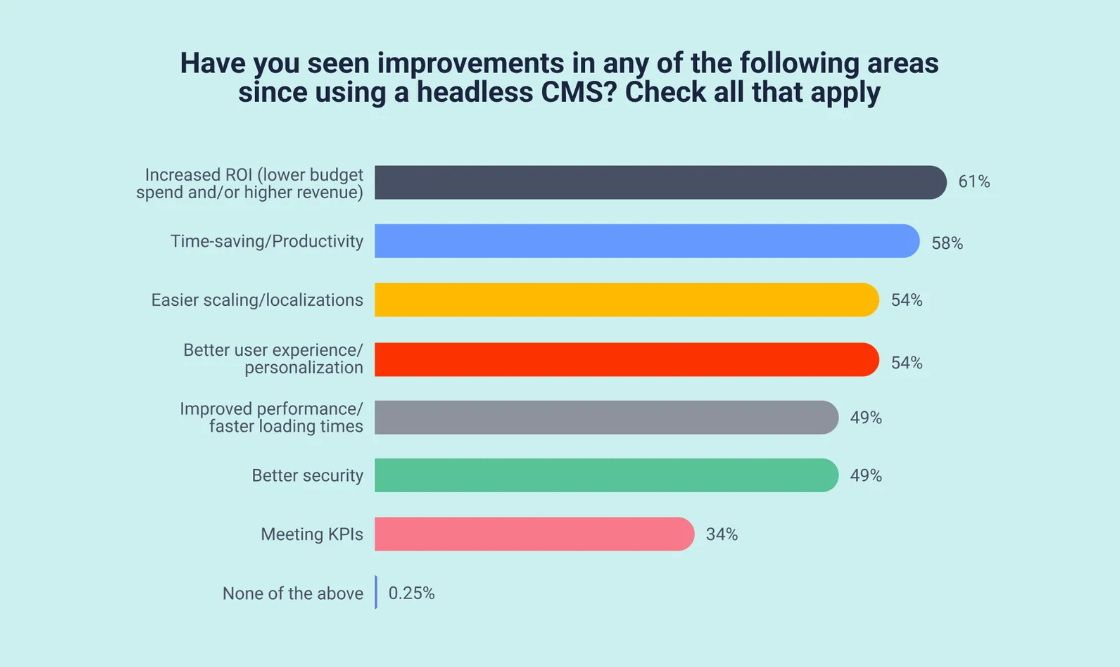
Source: Storyblok CMS Statistics
Next, you may be curious to find out how these benefits of Headless CMS are advantageous for personalisation.
Benefits of Using a Headless CMS for Personalisation
Tap on the benefits of Headless CMS and combine them with personalisation strategies to unlock a wealth of benefits for businesses and their users.
1. Seamless Omnichannel Personalisation
A Headless CMS enables content to be delivered consistently across various channels, ensuring that personalised experiences are maintained regardless of the device or platform used by the user.
2. Real-Time Content Updates
With a Headless CMS, content updates can be pushed in real-time, allowing for dynamic and up-to-date personalised experiences without the need for manual intervention or site rebuilds.
This is definitely a plus!
3. Improved Content Discoverability
As a result of the flexibility of Headless CMS, users can be presented with relevant and personalised content recommendations, enhancing content discoverability and engagement.
Leveraging AI for Personalised User Experiences
If that isn’t enough, you can even leverage Artificial Intelligence (AI) technologies, such as machine learning, natural language processing, and predictive analytics, and integrate them with a Headless CMS.
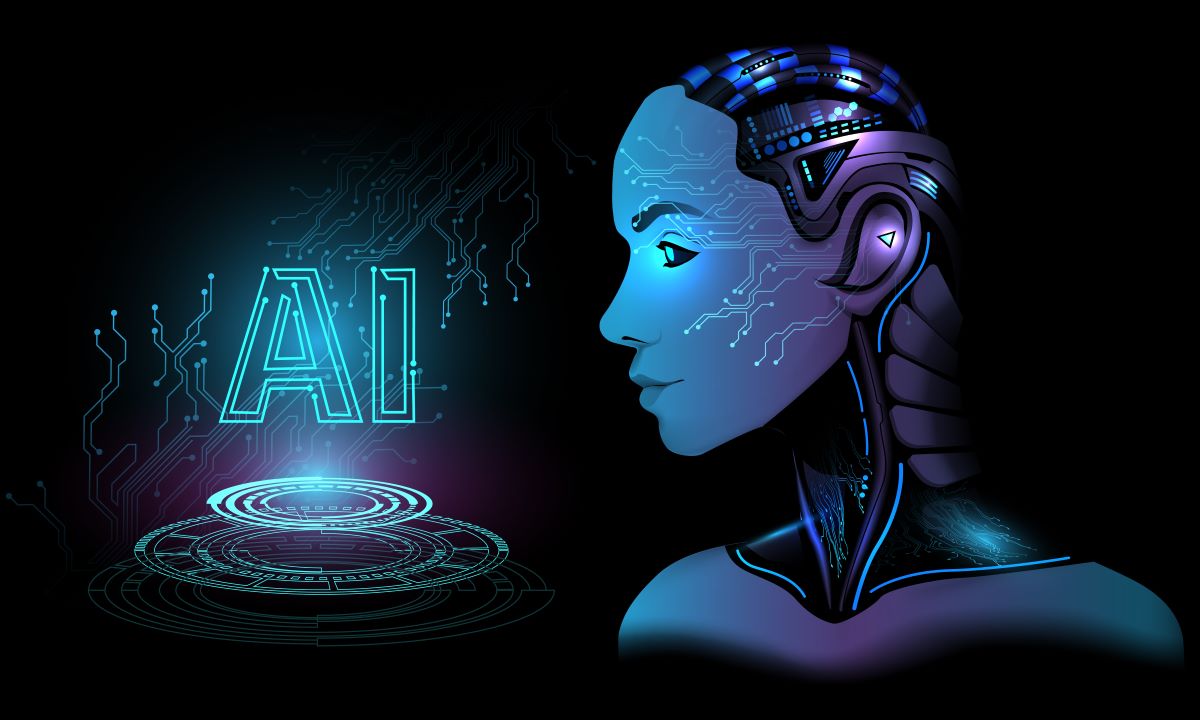
AI uses various technologies to enable machines to imitate human intelligence, including learning, reasoning and understanding natural language.
This will definitely take your personalisation to new heights!
Here are some of the AI technologies that can be used.
1. Machine Learning for Content Recommendations
Machine learning algorithms analyse user data, such as browsing history, preferences, and behaviour, to provide highly relevant and personalised content recommendations, improving user engagement and conversion rates.
These algorithms predict future behaviours that are important for personalised recommendations and content delivery.
Examples of machine learning platforms include TensorFlow and Scikit-learn.
2. Natural Language Processing for Content Personalisation
Natural language processing (NLP) can be used to understand user queries and intent, enabling the delivery of personalised content that directly addresses the user’s needs and preferences.
NLP allows AI to understand and respond to human language via chatbots, voice assistants and personalised content.
Examples of NLP tools include OpenAI GPT and IBM Watson.
3. Predictive Analytics for Proactive Personalisation
Predictive analytics uses historical data to forecast future actions.
Businesses can anticipate user needs and proactively deliver personalised content and experiences, enhancing the overall user journey and fostering customer loyalty.
Examples of predictive analytics platforms include DataRobot and RapidMiner.
4. Recommendation Engines
Recommendation systems or engines suggest products, content or services to users based on their behaviour, preferences and interactions.
Examples of recommendation engines include Amazon Personalise and Google Recommendations AI.
Real-World Examples and Use Cases
Global car manufacturer – Tesla
Global car manufacturer Tesla implemented a headless CMS to streamline its content management across multiple platforms, including its website, mobile app, and in-car interfaces. This omnichannel approach enables Tesla to provide a seamless and personalised experience for its customers.
With the Headless CMS, Tesla can efficiently maintain and update vehicle information, ensuring consistency across all touchpoints.
Customers can explore various options, such as choosing car colors and materials, whether they’re browsing online or using the in-car interface. The system also allows for real-time updates to account details and personalised recommendations, enhancing the overall user experience.
Read the success story of Tesla.
Renowned sports apparel brand- Nike
Nike, the renowned sports apparel brand, has also adopted a headless CMS to power its e-commerce platform and mobile app.
By centralising its content repository and utilising APIs, Nike can deliver highly personalised product recommendations and promotions. The system analyses individual customer preferences and browsing behavior to tailor the shopping experience, increasing engagement and conversion rates.
By using a headless platform, Nike saw a huge increase in mobile traffic which translated to more revenue.

Source: Why Nike’s D2C Success Story Is An Eye-Opener For Enterprise Brands, StoreHippo
Both Tesla and Nike demonstrate how Headless CMS solutions can be leveraged to create cohesive, personalised experiences across multiple channels.
This approach not only improves customer satisfaction but also streamlines content management processes for these global brands.
Best Practices and Tips
To maximise the benefits of personalisation with a Headless CMS and AI, consider the following best practices:
1. Leverage User Data Responsibly
Collect and analyse user data ethically and transparently, ensuring compliance with data privacy regulations like the Personal Data Protection Act (PDPA) in Singapore.

Build trust with your audience by:
- Communicating your data collection practices
- Providing easy opt-out options
- Implementing robust data security measures
- Using data only for intended purposes
2. Implement A/B Testing and Multivariate Testing

Continuously test and optimise personalisation strategies through:
- A/B testing for comparing two variants
- Multivariate testing for complex scenarios
- Measuring user engagement, conversion rates, and other KPIs
- Using statistical significance to validate results
3. Prioritise User Experience
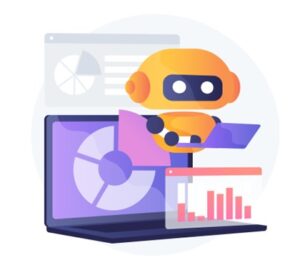
Ensure that personalised content and experiences enhance the user journey:
- Maintain a seamless and intuitive interface
- Avoid over-personalisation that may feel intrusive
- Ensure fast loading times despite personalised content
- Provide options for users to customise their experience
4. Continuously Optimise and Iterate

Treat personalisation as an ongoing process:
- Regularly review and update personalisation strategies
- Incorporate user feedback and behavioural data
- Stay informed about evolving trends and technologies
- Use AI to identify new personalisation opportunities
5. Implement Cross-Channel Personalisation

Leverage the headless CMS architecture to deliver consistent personalised experiences across multiple channels:
- Websites and mobile apps
- Email marketing campaigns
- Social media platforms
- In-store digital displays
6. Focus on Content Quality and Relevance
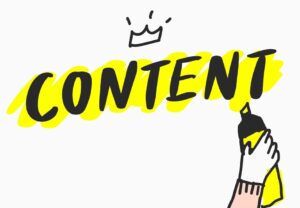
Ensure that personalised content is:
- High-quality and valuable to the user
- Contextually relevant to the user’s current needs or interests
- Aligned with your brand voice and messaging
- Updated regularly to maintain freshness
7. Monitor and Mitigate Algorithmic Bias

Be aware of potential biases in AI-driven personalisation:
- Regularly audit your AI models for fairness and inclusivity
- Diversify your training data to represent all user groups
- Implement human oversight to catch and correct biases
- Be transparent about how AI influences content delivery
8. Integrate Real-Time Data
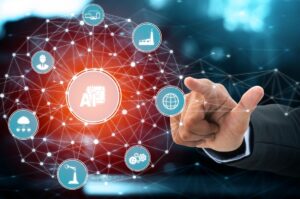
Leverage the capabilities of your Headless CMS and AI to incorporate real-time data:
- Use location-based services for geo-specific content
- Implement dynamic pricing based on demand and inventory
- Adjust content based on current events or trending topics
- Personalise based on real-time user behaviour on your site
You can create more effective, ethical, and user-centric personalisation strategies that leverage the full potential of your Headless CMS and AI technologies.
Conclusion
Personalising user experiences has become a critical component of successful digital strategies.
By combining the power of a Headless CMS with AI technologies, businesses can deliver highly personalised and engaging experiences across multiple channels, fostering stronger connections with their audience and driving better business outcomes.
Remember, personalisation is an ongoing journey, and continuous optimisation and iteration are key to staying ahead of the curve. Embrace the opportunities presented by a Headless CMS and AI, and unlock the full potential of personalised user experiences.

